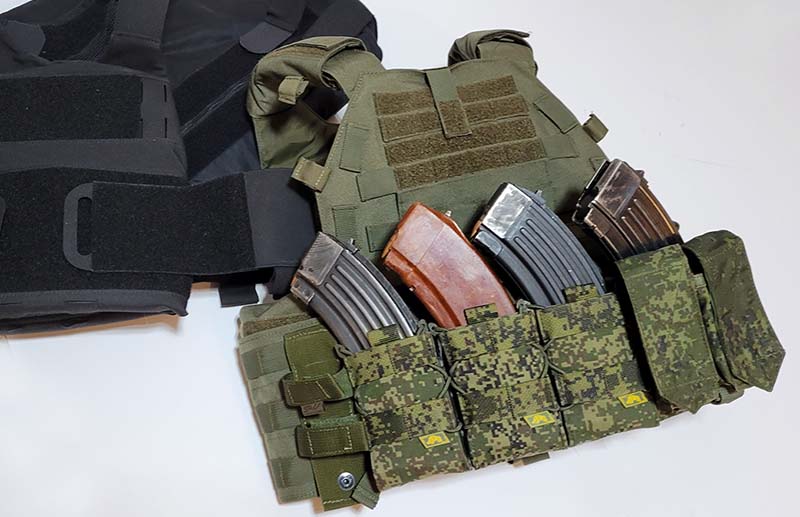Determining the best plate carrier setup for you can be challenging and expensive, but is an obtainable extra level of protection that’s within your reach if you know what you’re doing.
As civilian ownership of body armor grows in popularity, more and more Americans are wonder: What is the best plate carrier and body armor system? Preliminary research will reveal that this isn’t as simple as choosing your next firearm.
There are a wide variety of qualities, prices and styles when it comes to body armor and the plate carriers that hold them. Depending on your budget, lifestyle and intended use, the best body armor for you may be one of several things.
Body Armor Vs Plate Carrier?
A brief word is in order concerning nomenclature pertaining to the topic at hand. Plate carriers and body armor in rough vernacular are sometimes used interchangeably, but they are separate parts of an overall system.
Body armor, as it’s known in the 21st century, generally refers to hard, ceramic plates that are worn over the body to protect one’s vital organs from rifle-velocity projectiles. Armor of this style has been used by militaries around the world for decades, but as its proliferation increases, it is seen being used more frequently by police, guerrillas, criminals and preparedness-minded civilians.
Much as its name suggests, plate carriers are the superstructure of the system that hold body-armor plates. Most commonly, carriers are multi-purpose vests that not only retain the protective plates but also keep gear at hand. Overall, pretty hand systems, outside of guarding your life.
Body Armor Legality
Body armor is generally legal to own in all 50 states as long as you are not a convicted felon, but always check your local laws before ordering any. The same types of people who tend to support “assault weapon” bans have also questioned the legitimacy of civilian ownership of body armor, but for those who understand that the Second Amendment protects one’s right to keep and bear arms and armor, the assertion is ridiculous and unconstitutional.
The fact of the matter is, regardless of one’s justification for owning it, body armor is legal and can make for an excellent addition to one’s arsenal. Whether you’ve decided that you need better protection for defending the homestead, are preparing for the end of days or just enjoy LARPing at the range, it is your right to do so with the best body armor you can afford to buy.
History Of Body Armor
Just as shields were invented to counter melee weapons, humans began developing ways to defend against bullets almost immediately after the advent of firearms. Even in the days of knights mounted on horseback, their plate mail was adapted to better stop the primitive projectiles they faced. As time moved forward, from the infamous Ned Kelly gang to German snipers in WWI, bulletproof body armor incrementally improved alongside firearms.
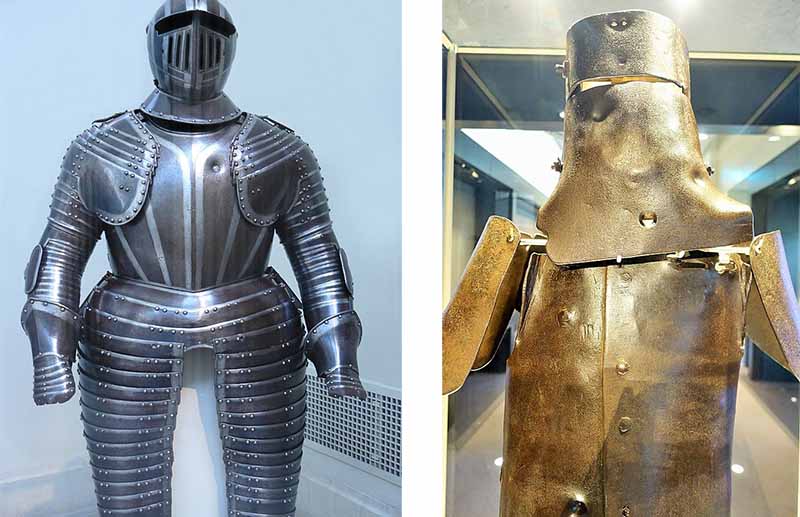
After the adoption of smokeless powder and the resultant higher velocities it could produce, armor was outclassed by most firearms for several decades. WWII, Korea and Vietnam all saw the use of flak vests or jackets, and while these were sometimes capable of stopping pistol rounds, they weren’t truly bulletproof. Bulletproof vests capable of stopping pistol rounds became a reality after the introduction of Kevlar in the 1970s, but even today soft armor is incapable of stopping rifle rounds.
During the Vietnam War, experiments with body armor for aircrews led to the development of aluminum oxide ceramic plates, the first of what we would consider modern body armor today. Improvements were made to both the plates and their carriers throughout the war, and despite being the best body armor of its day it still wasn’t widely issued to regular troops. The concept was refined throughout the 1980s with armor like the ISAPO and Ranger Body Armor, eventually leading to the widely issued SAPI and ESAPI plates that are more commonly known today.
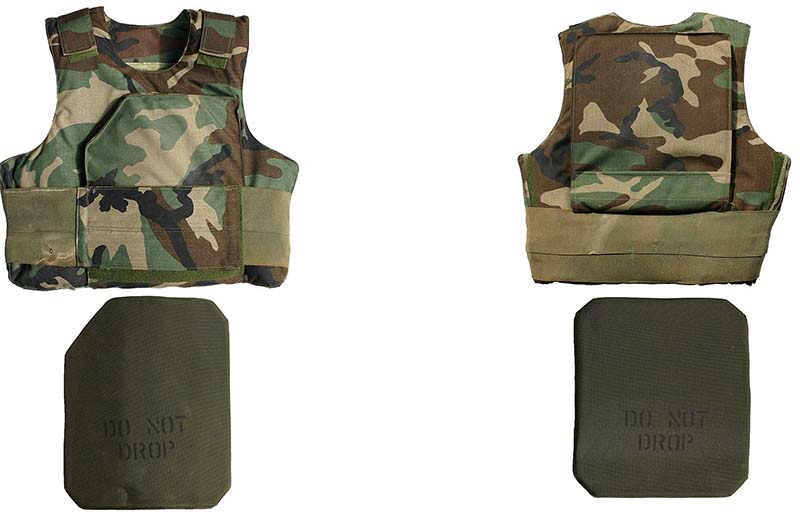
Steel Vs Ceramic Body Armor
The journey to finding the best body armor setup should start with the plates themselves, as they do the actual job of protecting your vital organs and are the most important consideration.
As the history of body armor shows, while metal can be used for this purpose it is a less effective option than ceramic. In order for metal armor to be strong enough to stop rifle bullets, it has to be made quite heavy and cumbersome. Another problem that arises with metal armor is spall or fragmentation. While metal armor may be able to stop a bullet from penetrating it, the resultant fragments still have to go somewhere, and that somewhere maybe your jugular. Steel body armor sold today typically has some sort of coating on it designed to prevent this, but it isn’t 100% reliable. As evidenced by what modern militaries use, ceramic plates make for the best body armor currently available. The cheaper price of steel armor is the only reason why it is still made and sold on the civilian armor market.
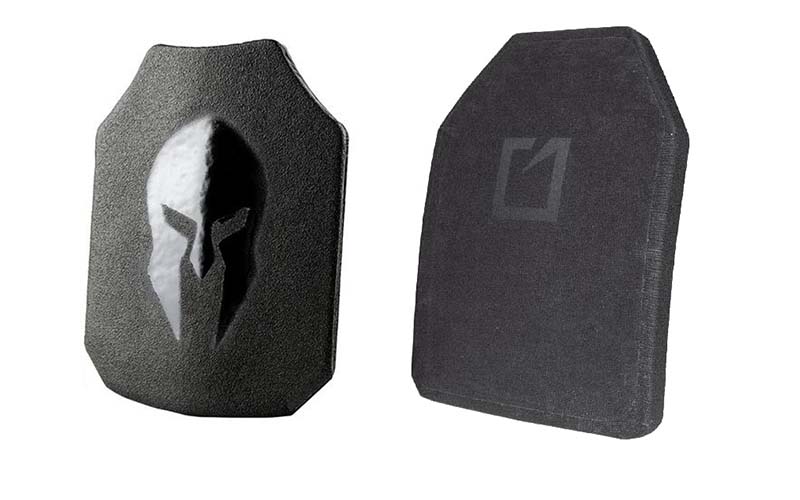
Ceramic Body Armor Diferences
Not all ceramic body armor is equal. Body armor in the U.S. is rated and certified by the National Institute of Justice (NIJ). Generally speaking, NIJ armor rating levels I to IIIA pertain to soft armor intended for pistol rounds, with levels III and IV pertaining to hard body armor capable of defeating rifle threats. In order to be certified as level III or IV armor, the plates must successfully stop six rounds of 7.62x51mm M80 ball or one .30-06 armor-piercing round, respectively.
The issue with the NIJ rating system, as some armor manufacturers have determined, is that these ratings were intended for larger, slower projectiles that are no longer commonly used. This led some armor companies to develop what they call “special threat” plates, which are not rated by the NIJ but are instead tested in-house against things like 5.56 and armor-piercing 7.62×39. Many of these special threat plates are slimmer, lighter and less expensive than their NIJ-rated counterparts. However, you’ll have to decide whether you have confidence in the manufacturer’s testing to trust your life with it.
Finding The Right Sized Plate
The final consideration when picking armor plates is their size. Generally, plates come in small (8″x10″), medium (10″x12″), large (10″x13″) and extra-large (10″x14″). Essentially, small suffice women and children, medium average males and large and XL the big boys. Need a reference mark for those between frame sizes? As a rule of thumb, measuring from nipple to nipple on your body will tell you the width.
Hard-body armor was not designed to make super soldiers impervious to bullets, however, and is only intended to cover the most vital organs to give a better chance of survival. Getting shot anywhere that the armor doesn’t cover will still likely take you out of the fight, but the certainty of that being permanent is a lot less when your heart, lungs and other important bits are behind a layer of ceramic.

Plate Carrier Styles
Once you’ve decided on plates, the next step is picking a plate carrier. One must determine that the carrier is an appropriate size for themselves and the plates they have chosen. There are also differences between styles that affect how they may be worn, how they can be removed and how they facilitate the carrying of extra gear like spare magazines.
Here are three decent examples to consider when browsing for the best body armor setup for your needs:
Condor Modular Operator Plate Carrier
This option is representative of the more basic style of plate carrier. It was designed to be worn over one’s clothing and is covered in MOLLE webbing for attaching other gear. The cummerbund allows for that attachment of side armor plates as well, which is an option for providing greater protection at the cost of a higher weight and extra money. Older styles like this have no provisions for quickly removing the carrier, however, which could impede receiving medical attention.
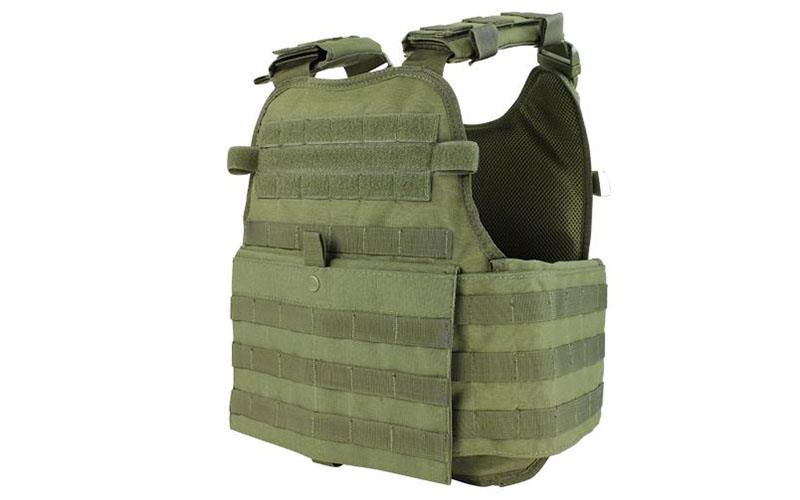
UARM FPC Fast Response Plate Carrier
This model serves as an example of more modern plate carrier styles. While this kind was also designed to be worn over one’s clothes and also has MOLLE attachment points, its cummerbund features a quick-detach system for rapid dawning or removal.

TRYBE Tactical Covert Plate Carrier
This style represents what has come to be known as “slick plate carriers”. These are designed to be low-profile enough to be concealed under something like a jacket, but can also be worn overtly if one chooses. This style typically lacks provisions for mounting extra gear, and setting one up to be a covert-style carrier will typically be more difficult and expensive. Solely intended for carrying hard armor plates, however, these slick carriers can offer greater versatility. Besides being concealable, they can be combined with a chest rig worn over the system to provide the same gear-carrying capabilities of the more traditional styles. Determining how you want to carry your armor and gear is all part of finding the best plate carrier setup for your circumstances, and there may be some trial and error involved before finding something that you really enjoy.
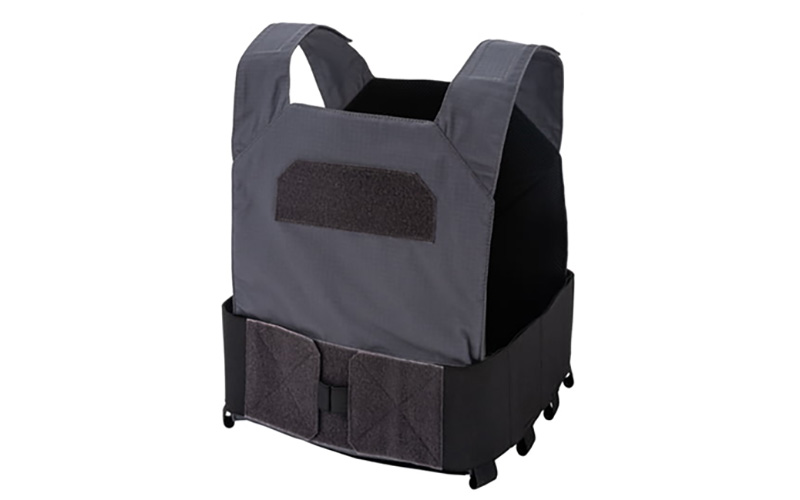
Final Thoughts
After deciding to purchase body armor, you may find yourself buying and reselling various kinds of plate carriers before finding one that satisfies your needs.
My own journey into body armor began with purchasing steel plates when they were on a massive sale, only to discover after the fact that ceramic armor was a better option. I then sold those and settled on some Hesco special threat plates. The Hesco L210 may not be the best body armor out there, but for me it offered the ideal balance between protection, weight, thinness and price. I also ended up replacing my traditional-style plate carrier with a slick-style one combined with a chest rig, as I found it to be more comfortable to move in.
Hopefully, the information provided here will allow you to learn from my mistakes and find the best body armor for you without wasting as much time, money or effort. After getting your own, just don’t forget the importance of wearing it while you train.
More Tactical Gear
 NEXT STEP: Download Your Free Storm Tactical Printable Target Pack
NEXT STEP: Download Your Free Storm Tactical Printable Target Pack
62 Printable MOA Targets with DOT Drills – Rifle Range in YARDS This impressive target pack from our friends at Storm Tactical contains 62 printable targets for rifle and handgun range use. Target grids and bullseye sizes are in MOA. Ideal for long-range shooting! Get Free Targets
